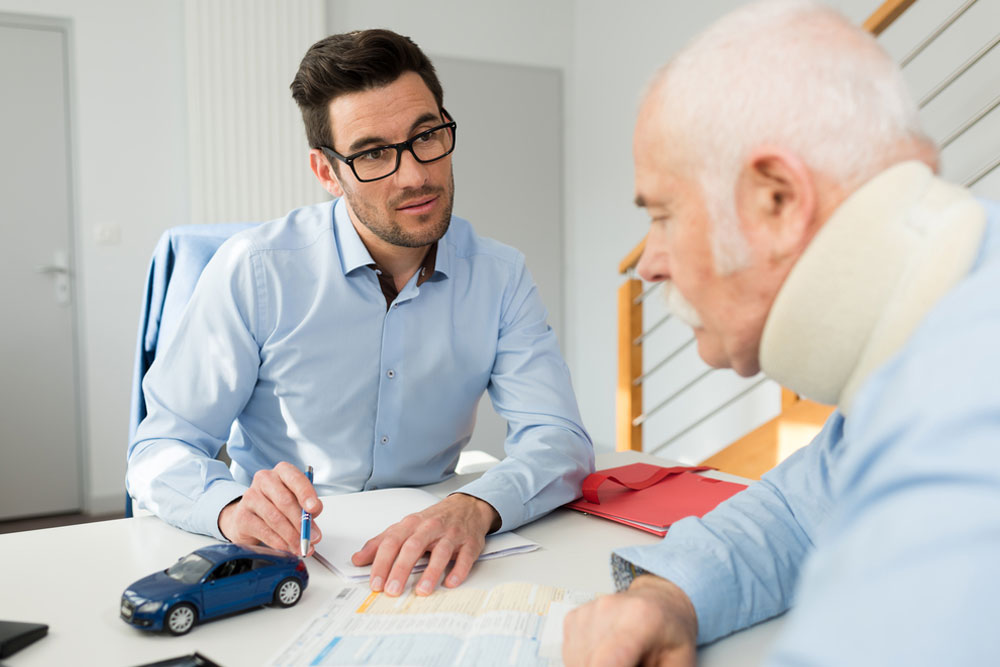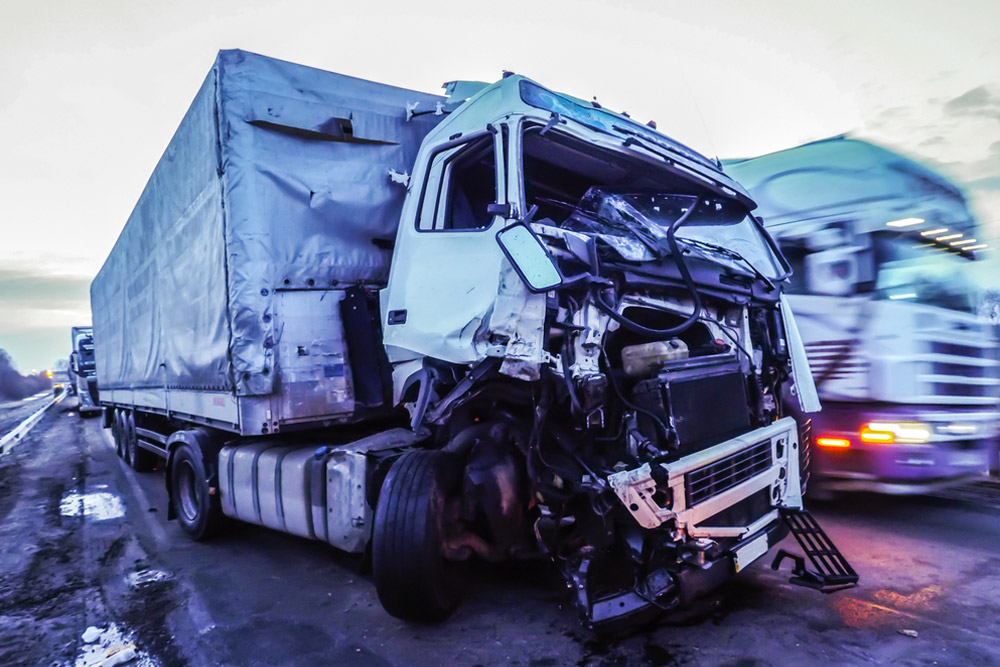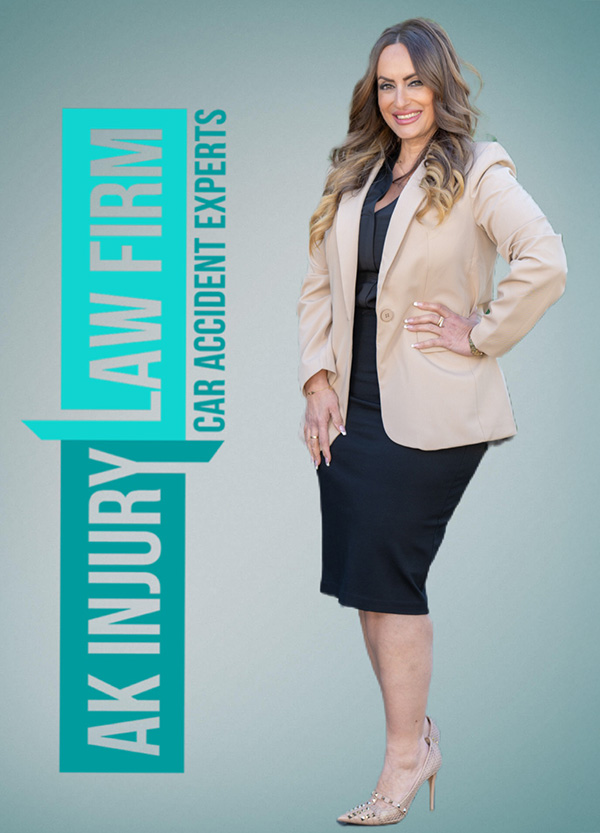Why You Should Never Trust the First Offer From an Insurance Company
After a car accident, emotions are high, medical bills are piling up, and your phone might ring with what seems like good news—an insurance company wants to offer you a settlement. It might feel like a lifeline, a chance to just move on. But here’s the truth: that first offer isn’t a gift. It’s a strategy. Insurance companies don’t exist to take care of you. They exist to protect their bottom line. The faster they can close your case, the less they have to pay—and the less time you have to realize what your case is actually worth. This is where smart legal strategy becomes critical. At AK Injury Law Firm, we’ve seen how insurance companies operate, and we know how to outthink, outfight, and outwin them. But before we talk about how, let’s break down why the first offer should never be trusted. 1. The First Offer Is Almost Always a Lowball It’s Part of Their Playbook Insurance adjusters are trained to settle claims quickly and cheaply. They know that accident victims are vulnerable—emotionally shaken, often financially stressed, and overwhelmed by medical care. Their goal? To get you to sign away your rights for pennies on the dollar before you speak to an attorney. Quick Settlements = Big Profits for Them Most first offers don’t even come close to covering: Long-term medical treatment Physical therapy Lost wages and diminished earning capacity Pain and suffering Emotional trauma Future complications In other words, that check in your hand might feel like a win—but in reality, it could cost you tens of thousands of dollars in the long run. 2. You May Not Yet Know the Full Extent of Your Injuries Injuries Can Evolve Over Time Not all injuries show symptoms right away. A neck sprain, spinal issue, or internal injury might not fully present for days—or even weeks. Settling too early closes the door on future medical costs. Once You Sign, You Can’t Go Back Most settlement agreements include a clause that waives your right to pursue additional compensation—even if your condition worsens or new injuries surface. That’s permanent. That’s why waiting and getting a full medical picture is essential before accepting any offer. 3. They Know You Don’t Have Legal Backup (Yet) Insurance Adjusters Are Not Your Advocates The person on the other end of the phone may sound kind and supportive, but make no mistake: they are not your friend. Their job is to save their company money. When you don’t have an attorney, they know you’re easier to manipulate. They’re betting on one thing: that you don’t know what your case is worth. You’re Up Against Professionals—You Need One Too While you’re trying to heal and juggle life, they’re consulting lawyers, medical consultants, and actuaries. You’re not on an even playing field—unless you have someone like Dr. Azadeh Keshavarz on your side, a former doctor who understands both injury medicine and legal strategy inside and out. 4. Your Medical Bills May Not Be Final Emergency Room Visits Are Just the Beginning An initial hospital visit, X-rays, and prescriptions are often just the surface of what you’ll need. You might require: Ongoing chiropractic care MRIs and imaging Surgery or injections Mental health support (especially for PTSD or anxiety) Future medical evaluations Who Will Pay for All This? If you accept the first offer, you’ll likely be left footing the bill for future treatments. That burden should not fall on you—it should fall on the party responsible and their insurer. 5. You Deserve to Be Compensated for All Damages Not Just the Obvious Costs A smart personal injury claim doesn’t just look at hospital bills. It accounts for: Lost time at work Missed business opportunities Pain and suffering Loss of enjoyment of life Permanent scarring or disability These non-economic damages can often outweigh the cost of medical care. But guess what? Insurance companies rarely include them in that first offer—unless you force them to. 6. Time Is on Their Side—Unless You Act California’s Statute of Limitations is Two Years In most cases, you have two years from the date of your car accident to file a claim. Insurance companies want you to forget this. They hope you’ll delay or get discouraged. But waiting too long can result in losing your right to recover altogether. Meanwhile, they’ll gather evidence, interview witnesses, and build a case against your claim. The Sooner You Get Representation, the Stronger Your Case At AK Injury Law, we begin working immediately—documenting your injuries, calculating damages, preserving evidence, and negotiating from a position of strength. We strategize from day one, ensuring that you’re not left scrambling or pressured. 7. Strategic Legal Help = Bigger, Smarter Settlements We Don’t Just Fight—We Outthink Dr. Azadeh Keshavarz didn’t just transition from being a doctor to a lawyer—she became a smarter advocate. She knows how to read medical records, challenge bad-faith tactics, and expose weak arguments in insurance negotiations. Her motto, “Outthink, Outfight, Outwin,” isn’t just marketing—it’s her method. She takes what others miss and turns it into leverage that leads to larger settlements. Real Strategy = Real Results Other law firms may fight hard—but we fight smart: We calculate real lifetime costs. We use medical insight to support causation. We pressure insurance companies with airtight documentation. We’re not afraid to go to trial if it means protecting your rights. 8. You Only Get One Chance—Make It Count Don’t Gamble With Your Future Once you settle, your claim is done forever. You don’t get a do-over. That’s why it’s critical to get it right the first time—with the right legal guidance. Don’t accept a $5,000 check today that should’ve been a $50,000 recovery over time. Insurance companies hope you’re too tired, overwhelmed, or uninformed to know the difference. But now you know better. How We Can Help At AK Injury Law Firm, we don’t just file paperwork—we fight smarter. Led by Dr. Azadeh Keshavarz, our team brings a powerful blend of medical insight, legal strategy, and tenacious advocacy to every case.




